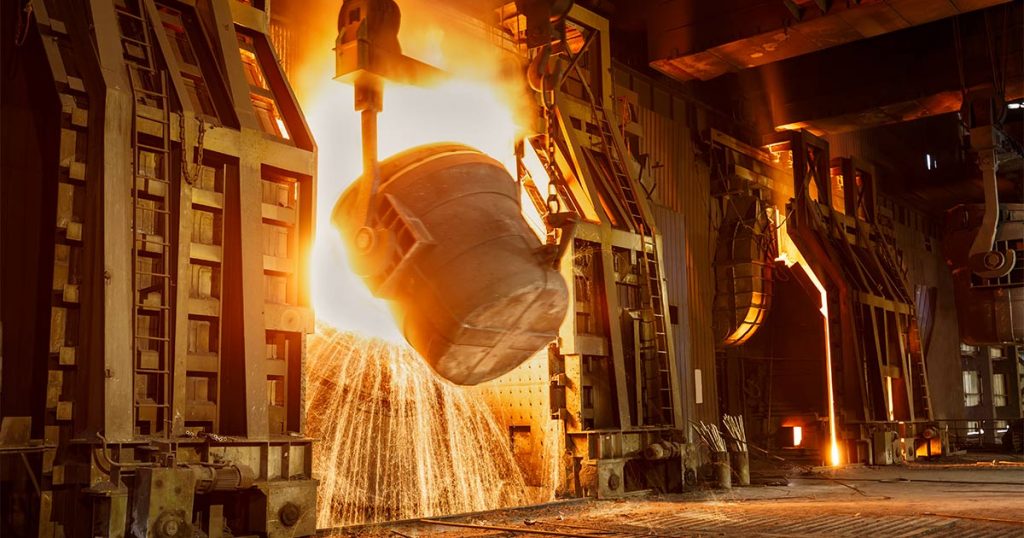Steel imports top US$400m
Last Tuesday, Cabinet approved the partnership between Zisco and Kuvimba Mining House, one of the country’s largest mining outfits with interest in gold, platinum, chrome and nickel—for the resuscitation of iron mining and steel processing.
From being a regional steel giant for years until the turn of the millennium, Zimbabwe turned into a net importer of steel and iron products, squeezed by declining production and subsequent closure of the Zimbabwe Iron and Steel Company (Zisco).
Zisco, the State-run company closed down in 2008 partly due to mismanagement, shortage of funding for retooling of its ageing plant and infrastructure among other factors.
Since then, Zimbabwe, previously a major producer of steel and iron products in the southern African region, has been spending billions of US dollars on imported steel.
Given the importance of steel and iron products in supporting the operations of many other industries and industrialisation across the globe, the import bill continues growing.
In 2021, steel and iron imports soared to nearly US$410 million from US$306 million a year earlier, according to latest figures from the Zimbabwe National Statistical Agency, driven by a series of public and private infrastructure programmes. High end steel and iron products have also pushed demand up, nalysts said.
“There are a lot of ongoing infrastructure projects, especially those being funded by the Government and require a lot of steel and iron,” said one executive with a leading construction firm. This is pushing demand for steel up, but unfortunately, almost everything is imported.”
The Government is currently implementing many infrastructure projects running into several billions of US dollars. These include the expansions of Hwange Power Station and the Robert Gabriel Mugabe International Airport. A number of dams across the country are at different stages of construction. This year, the Government said it would spend as much as $156 billion on various infrastructure projects.
Apart from public projects, there has also been huge consumption of steel by various industries including mining and construction.
“We have witnessed a lot of home building…improvements, migration from asbestos to steel roofing sheets, the expansion of mines and establishment of new ones,” analyst Carlos Tadya said.
“These projects consume a lot of steel and it is time we get serious on reviving our steel industry. “We have no excuse because we all have the ingredients, the iron ore reserves, the coke for smelting, talk of ferrochrome for stainless production; so we can do it.
The steel industry can be a key pillar of Zimbabwe’s economic revival and growth. It is a game changer.”
Last Tuesday, Cabinet approved the partnership between Zisco and Kuvimba Mining House, one of the country’s largest mining outfits with interest in gold, platinum, chrome and nickel — for the resuscitation of iron mining and steel processing.
Kuvimba has reportedly proposed to invest as much as US$1,3 billion over three years and targets annual steel output of one million tonnes. Kuvimba is 65 percent owned by various State vehicles while the remainder is owned by management.
The mining giant, which has less than two years in operation, won the tender to revive once Africa’s largest integrated steel works ahead of other six bidders.
China’s Tsingshan Holding Group is also looking to develop an iron ore mine and a carbon steel plant in Zimbabwe after signing a US$1 billion agreement with Zimbabwe in 2018.
The demand for steel has resulted in the proliferation of companies involved in the lucrative steel recycling business, but their products are not usually recommended by engineers for lacking standard levels of strength, depending on the use.-herald.co.zw








